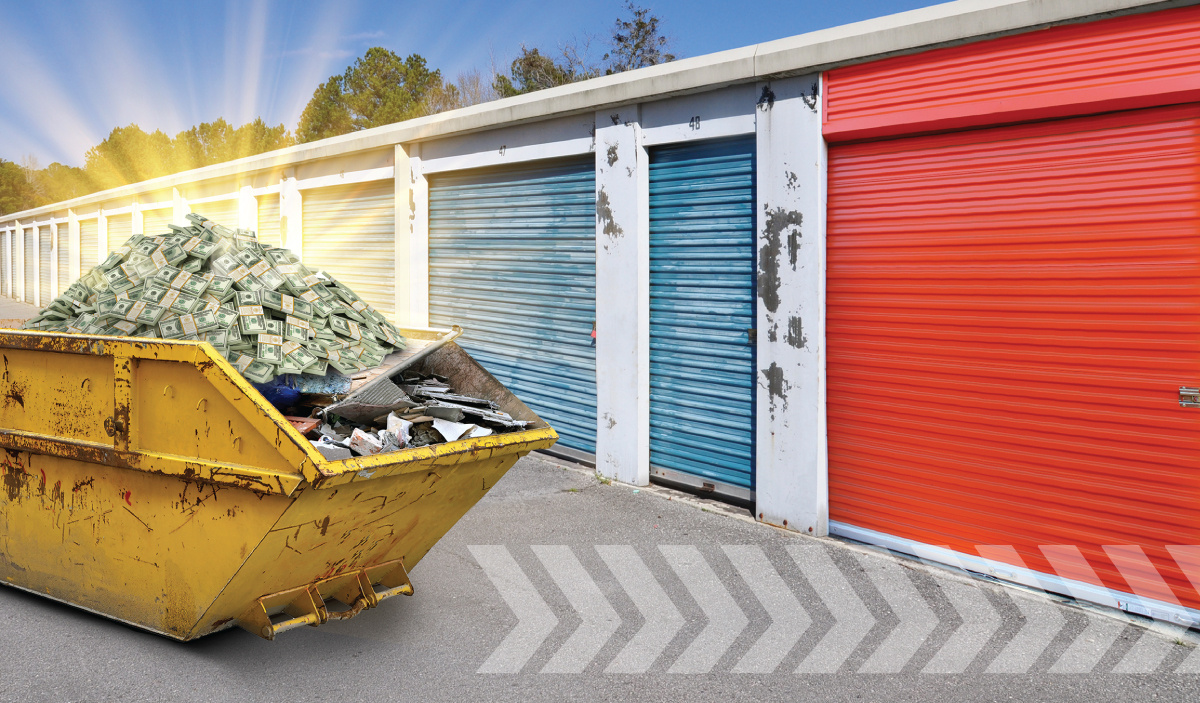Menu
open menu
close menu
- Products
- Self-Storage
- Commercial/Industrial
- Nokē™ Smart Entry
- Resources
- Events
- Investors
- About Us

Renovations can be a catch-22. You know they’ll increase the value of your property, but it never seems to be the right time to shell out all the cash to make those improvements. With the right strategy, your self-storage facility can have it all—without the cost.
Cost segregation allows owner-operators to accelerate the depreciation on their property, creating tax advantages so you can complete renovations now rather than later. And at Janus International, our R3 (Restore. Rebuild. Replace.) team specializes in putting this strategy to use, so you can take the extra cash from tax incentives and reinvest it into your business through facility renovations that will draw more tenants for more revenue.
Read on for why cost segregation is good for self-storage, how your peers are using it for major savings, and why you’ll want to consider it for 2024.
Think about a typical renovation. There’s a lot of trash from pallets of doors and locks, old HVACs, and aging security systems that make it into the dumpster to make way for your shiny, new equipment. But all that trash is your property, and it may hold hidden tax savings.
You just need the right partner to find it. Whenever our R3 business consults on a renovation project, we think beyond the scope of making upgrades to your self-storage facility. Sure, you’ll get superior products and processes with us. But we’re committed to helping you find tax advantages, too. If we identify the opportunity for potential tax incentives, we connect owner-operators with our tax advising partner, CSSI.
In many cases, CSSI will identify that the facility does qualify for incentives such as a cost segregation study, a partial asset disposition (PAD), and/or bonus depreciation.
Take ABC Self Storage. The owner-operators bought a facility that needed a complete overhaul because it wasn’t in the condition to attract tenants. They worked with our R3 program to carry out a full door and hallway replacement – and at the same time a cost segregation study. The study uncovered tax savings that would exceed the cost of the renovations, which allowed this customer to not only pay for the ADA-compliant roll-up doors in the original replacement project but to also use the windfall for nearly $500,000 in further capital improvements that resulted in a major overhaul to their facility.
These extra improvements included:
Now that you understand how facility renovations can be turned into cash that’s reinvested into your business, there are several reasons to consider acting fast to make the most of those tax incentives.
With a cost segregation strategy, your days of delaying renovations because you’re feeling cash-strapped could be over. Many owner-operators are working with experts like R3 and CSSI to tap into tax incentives that pay for their major facility overhauls.
See how you can, too. Read the case study.
Read related articles.
Visit our partner CSSI.
(866) 562-2580
(770) 562-2850
REQUEST A QUOTE